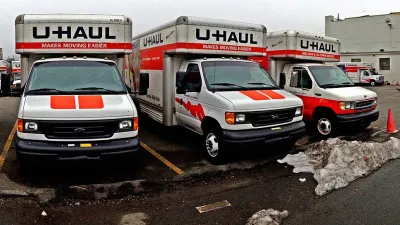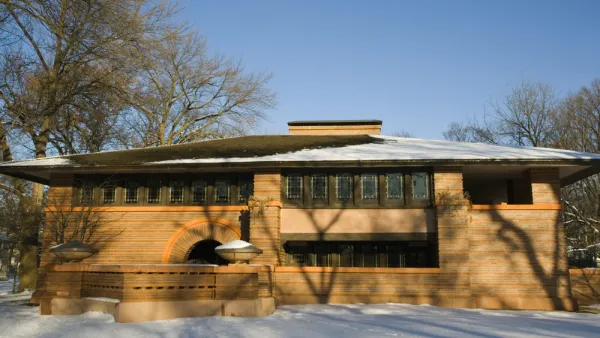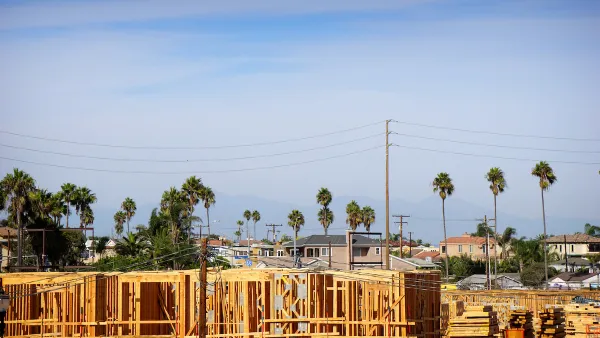The trend toward the urban has been documented from every possible angle, but a recent op-ed wonders whether it will be possible for the federal government to make a course correction that ceases the endless subsidies for the suburbs.

"For all of the attention showered on hipster enclaves like Williamsburg, Brooklyn and Portland, Ore., America is only in the beginning stages of a historic urban reordering. After over a half-century of depopulation, cities have been filling up — and not just with young millennials, but with families and even older workers and retirees," begins Vishaan Chakrabarti in a recent op-ed for the New York Times.
Chakrabati lays out a few reasons for why so many are making the choice to move to the city:
- "Crime [in cities] has remained low, while public schools and parks have been getting better in many places."
- "...the economic challenges of starting a life in the suburbs have grown..."
- "the future, inasmuch as it is tied in with issues like cultural diversity and marriage equality, is centered in the urban core."
Chakrabati is not out, however, to continue to describe the trend toward urbanization, or its possible causes and correlations. The op-ed's main point: "Given these demographic shifts, we have an unsurpassed opportunity to transform the United States into a more prosperous, sustainable and equitable country by encouraging a more urban America."
Yet the federal government, according to Chakbarati, continues to shower the suburbs with "largess" (for instance, "[the] largest subsidy in the federal system is the mortgage interest deduction, about $100 billion annually"). Finally: "I am not arguing that people should not live in suburbs. But we shouldn’t pay them to do so, particularly now that our world and the desires of our population are evolving."
FULL STORY: America’s Urban Future

Analysis: Cybertruck Fatality Rate Far Exceeds That of Ford Pinto
The Tesla Cybertruck was recalled seven times last year.

National Parks Layoffs Will Cause Communities to Lose Billions
Thousands of essential park workers were laid off this week, just before the busy spring break season.

Retro-silient?: America’s First “Eco-burb,” The Woodlands Turns 50
A master-planned community north of Houston offers lessons on green infrastructure and resilient design, but falls short of its founder’s lofty affordability and walkability goals.

Test News Post 1
This is a summary

Analysis: Cybertruck Fatality Rate Far Exceeds That of Ford Pinto
The Tesla Cybertruck was recalled seven times last year.

Test News Headline 46
Test for the image on the front page.
Urban Design for Planners 1: Software Tools
This six-course series explores essential urban design concepts using open source software and equips planners with the tools they need to participate fully in the urban design process.
Planning for Universal Design
Learn the tools for implementing Universal Design in planning regulations.
EMC Planning Group, Inc.
Planetizen
Planetizen
Mpact (formerly Rail~Volution)
Great Falls Development Authority, Inc.
HUDs Office of Policy Development and Research
NYU Wagner Graduate School of Public Service




























